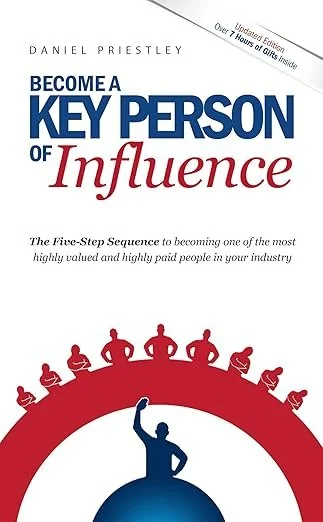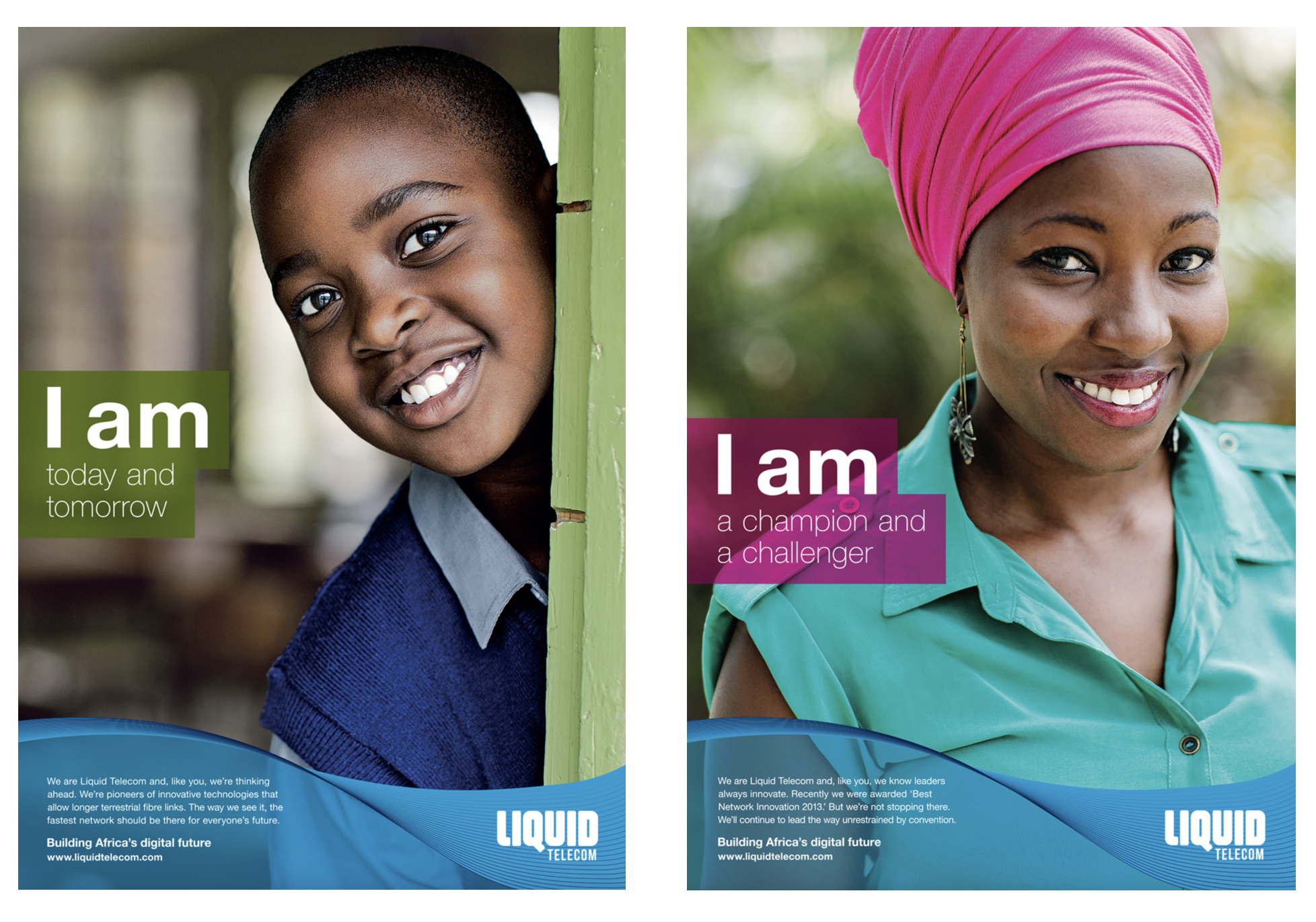Following on from my previous musings, I thought that I should clarify the “why’” stories matter and “how” they are layered into the trust architecture of marketing messages.
When Elon Musk tweets, billions are added or shaved from Tesla’s market value in hours. When Satya Nadella speaks, analysts recalibrate their confidence in Microsoft’s trajectory. These reactions raise a question: why do markets, with all their sophisticated algorithms, respond so viscerally to leaders? Why do investors and customers buy into storytellers as much as they buy into stories?
The answer lies in the deep wiring of human psychology, the persuasive pull of a great story and the governance structures that turn charisma into corporate resilience or fragility. Governance structures like independent boards, succession plans, checks and balances, codified brand systems, and transparent reporting are the levers that decide whether charisma becomes a strategic asset or a single point of failure.
So, to be clear, trust architecture is not located in one place, but in an ecosystem of leaders, brands, and institutions. Investors triangulate trust across multiple sources including leaders, brands, governance structures, and performance metrics
Psychology and Narrative
Humans are evolutionarily predisposed to trust people over abstractions. For millennia, survival depended on judging faces and intentions, not quarterly earnings. This explains why, even in the digital age, investors instinctively anchor confidence in visible leaders. A face and a voice feel safer than a spreadsheet. Numbers cannot look you in the eye, but leaders can.
Storytelling magnifies this. Research in psychology demonstrates that stories transport us emotionally, making their messages more persuasive than statistics alone. A leader’s personal brand is the lens through which strategy becomes intelligible. Jeff Bezos’ relentless “Day One” mantra embodies Amazon’s growth story in a way that numbers can’t.
Brand Trust as a Parallel Asset
Here’s where my thinking has evolved since the last blog. As a marketer, any over-relaince on leaders personal branding is to miss the other anchor of trust: brands themselves. Brand trust underpins loyalty, price premiums, and resilience in crises. Unlike leaders, brands endure across transitions. IBM and Coca-Cola continue to command trust not because of charismatic CEOs, but because decades of consistency, heritage, and governance have institutionalised their reliability. Last year, System1's “Compound Creativity” research clearly shows the link between creative consistency over multiple years and increased brand strength and business growth. Brand consistency is not boring, in fact it leads to higher creative quality, better emotional resonance with consumers and a stronger return on investment for marketing efforts.
Signals and Accountability
Both leaders and brands operate through signalling. Leaders publish newsletters, memos, investor updates, deliver keynotes, or write whitepapers to demonstrate commitment. Brands signal through consistent delivery, transparent reporting, and visible heritage. Both reduce uncertainty. But when crises hit, accountability tends to concentrate on the leader. Elizabeth Holmes at Theranos and Adam Neumann at WeWork remind us how quickly misplaced trust in leaders can unravel when governance is weak.
The CEO Effect: Evidence and Limits
CEOs account for 15–20% of firm performance variation. That is significant, but not absolute. The effect is magnified in sectors heavy with intangibles like technology and telecoms where narratives of innovation and future potential dominate valuation. Nadella’s congruence with Microsoft’s brand amplifies trust. Musk’s volatility illustrates the downside of misalignment. In both cases, the CEO’s personal brand becomes an accelerant of stability or instability.
Trust as Architecture, Not Personality
People that have worked with me know that I talk a lot about layers for messaging. The lesson is that sustainable trust is about embedding trust across layers: authentic leadership, consistent branding, and robust governance.
Humans are wired to trust people and stories persuade me more than spreadsheets. Confidence in firms comes when personal storytelling is reinforced by brand integrity and institutional checks. I stand by my statement that “investors buy the storyteller as much as the story” but also appreciate that the most resilient companies ensure that trust does not rest solely on the shoulders of one individual.
We have to build a marketing ecosystem where leaders, brands, and stakeholders work together to create value in the face of increasing volatility.
References
1. Melanie C. Green and Timothy C. Brock, “The Role of Transportation in the Persuasiveness of Public Narratives,” Journal of Personality and Social Psychology 79, no. 5 (2000): 701–721.
2. Robert M. Morgan and Shelby D. Hunt, “The Commitment-Trust Theory of Relationship Marketing,” Journal of Marketing 58, no. 3 (1994): 20–38.
3. Elena Delgado-Ballester, “Applicability of a Brand Trust Scale across Product Categories: A Multigroup Invariance Analysis,” European Journal of Marketing 38, no. 5/6 (2004): 573–592.
4. Marianne Bertrand and Antoinette Schoar, “Managing with Style: The Effect of Managers on Firm Policies,” Quarterly Journal of Economics 118, no. 4 (2003): 1169–1208.











